Did you know the birth control patch is 99% effective with perfect use and about 94% with typical use1? Many women choose it for its convenience and reliability. But, they might worry about side effects like acne. I’ve been there, trying to find the right birth control, and I know how important it is to understand the patch’s effects on our skin.
The hormones in the patch, progestin and estrogen, have been safe for millions for decades2. They prevent ovulation and thicken cervical mucus, stopping sperm. The patch has many benefits, like improving acne and reducing menstrual cramps. But, it’s important to know about possible side effects like skin irritation and changes in menstrual cycle2.
In this article, we’ll explore how the birth control patch affects acne. We’ll look at how hormonal changes can affect our skin and how to manage breakouts. By understanding the facts and taking care of our skin, we can make smart choices about our birth control. So, let’s examine the connection between the patch and acne and find ways to fight hormonal breakouts.
Key Takeaways
- The birth control patch is highly effective but may cause side effects like acne, skin irritation, and changes in menstrual cycle.
- Hormonal changes from the patch can impact skin, causing breakouts in some individuals.
- Maintaining a consistent skincare routine and incorporating acne-fighting ingredients can help manage breakouts while using the patch.
- Consulting with a dermatologist can provide personalized advice for managing acne while on hormonal contraceptives.
- Alternative birth control methods may be considered for those with acne-prone skin who experience persistent breakouts from the patch.
Understanding the Birth Control Patch
The birth control patch is a simple and effective way to prevent pregnancy. It’s a transdermal patch that releases hormones through the skin. This makes it a great alternative to daily pills.
How the Patch Works
The patch contains estrogen and progestin, two hormones that prevent pregnancy. When applied, it releases these hormones into the bloodstream. These hormones stop ovulation, thicken cervical mucus, and thin the uterine lining. This makes it hard for sperm to fertilize an egg and for a fertilized egg to implant3.
With perfect use, the patch is 99% effective3. But with typical use, it’s about 91-93% effective. This means 7 to 9 out of 100 women might get pregnant each year3.
Benefits of Using the Patch
The birth control patch has many benefits. It’s easy to use and can regulate menstrual cycles. It’s also reversible and can improve acne and PMS symptoms.
- Easy to apply and replace, making it a convenient option for those who struggle with remembering to take a daily pill
- Can help regulate menstrual cycles, leading to shorter and lighter periods for those with irregular cycles
- Reversible, allowing for a quick return to fertility upon discontinuation
- May improve acne symptoms in some users
- Can alleviate menstrual cramps and other PMS symptoms
- Doesn’t interrupt sexual spontaneity, as it is a continuous method of contraception
The patch is very effective at preventing pregnancy but doesn’t protect against STIs3. It’s best to use it with barrier methods like condoms for full protection.
Like any hormonal contraceptive, the patch can have side effects. These include a higher risk of blood clots compared to pills3. Other side effects are acne, headaches, breast tenderness, and changes in menstrual flow4. These usually go away after a few cycles as your body adjusts to the hormones4.
Common Side Effects of the Birth Control Patch
The birth control patch is a convenient way to prevent pregnancy. But, it’s good to know about possible side effects. These can include headaches, nausea, sore breasts, changes in your menstrual cycle, and skin issues at the patch site56. Most of these issues get better within 2-3 months after starting the patch6.
Headaches and Nausea
Headaches and nausea are common side effects of the patch. These symptoms come from the hormonal changes it causes. If you’re experiencing constant headaches or nausea, talk to your doctor. They can help decide if the patch is right for you.
Breast Tenderness and Changes in Menstrual Cycle
Breast tenderness is another common side effect. Your breasts might feel more sensitive or sore, especially at first. You could also see changes in your menstrual cycle, like irregular bleeding or spotting6. These changes usually get better as your body gets used to the patch’s hormones.
Skin Irritation at the Patch Site
Some women get skin irritation, redness, or itching where the patch is applied56. This is usually mild and can be helped by changing where you put the patch each week. But, if the irritation gets worse or doesn’t go away, see your doctor. They might suggest a different birth control option for your skin.
| Side Effect | Description | Management |
|---|---|---|
| Headaches and Nausea | Common side effects caused by hormonal changes | Discuss with healthcare provider if persistent |
| Breast Tenderness | Increased sensitivity or soreness, especially in the first few cycles | Usually temporary and subsides as the body adjusts |
| Changes in Menstrual Cycle | Irregular bleeding, spotting, or absence of periods | Typically temporary and improves over time |
| Skin Irritation at Patch Site | Redness, itching, or mild irritation where the patch is applied | Rotate application site; consult healthcare provider if severe |
Remember, while these side effects can be annoying, they often go away with time. If you have severe or lasting side effects, or if you’re worried about using the patch, talk to your doctor. They can offer advice and support.
Does the Patch Cause Acne?
Managing acne with the contraceptive patch involves understanding hormonal changes. The patch can reduce acne risk for some7. Yet, hormonal shifts, like starting or stopping the patch, can lead to acne8.
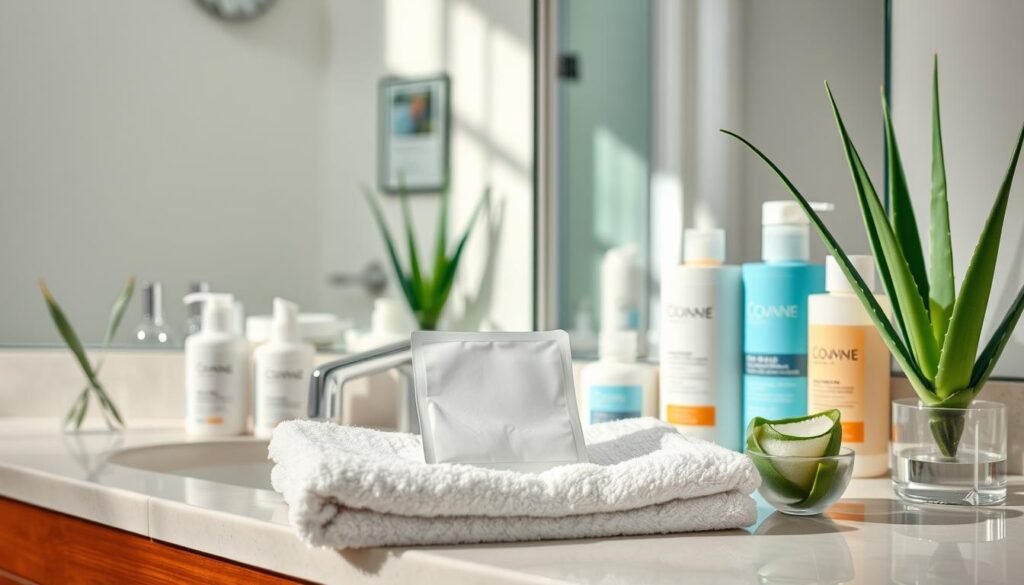
Hormonal Changes and Their Impact on Skin
The patch, with progestin and estrogen, controls acne well8. Some birth control pills are used to fix skin problems8. But, pills with androgen progestin might cause more acne8.
Starting the patch might cause acne at first, but it usually gets better after two to three months8. It takes about three months for hormones to adjust to birth control changes8. So, be patient if you get acne from the patch.
Individual Responses to the Patch
Everyone’s body is unique, and it changes over time. If the patch cleared your skin, it might come back when you stop using it. But, acne often decreases after puberty, so you might outgrow it by your 20s.
The patch is also very effective in preventing pregnancy7. It’s easy to use – just change it once a week7. Using condoms with the patch adds extra protection against pregnancy and STDs7.
| Birth Control Method | Impact on Acne |
|---|---|
| Combination Pills (Progestin + Estrogen) | Effective in controlling non-inflammatory and inflammatory acne |
| Pills with Androgen Progestin | More likely to cause acne |
| The Patch | Can help reduce acne risk, but may cause initial flare-ups |
| Depo-Shot, NuvaRing | Reported to improve skin |
If you have persistent or severe acne with the patch, talk to your doctor or dermatologist. They might suggest stronger treatments like topical retinoids or isotretinoin (Sotret) to clear your skin8. Everyone’s skin reacts differently to hormonal changes, so finding the right balance is key to clear skin with the patch.
Managing Acne While Using the Patch
When using the birth control patch, it’s key to keep up a skincare routine to fight acne. The patch gives a steady flow of hormones that can help with acne9. But, everyone’s skin reacts differently. So, wash your face twice a day with a gentle cleanser, use non-comedogenic moisturizers, and avoid touching your face.
Maintaining a Consistent Skincare Routine
Being consistent is crucial for acne management with the patch. Create a skincare plan that fits your skin type and stick to it. This might include:
- Cleansing your face twice a day with a gentle, non-abrasive cleanser
- Using a lightweight, non-comedogenic moisturizer to keep your skin hydrated without clogging pores
- Applying sunscreen daily to protect your skin from UV damage
- Avoiding touching your face throughout the day to minimize the transfer of bacteria
Incorporating Acne-Fighting Ingredients
To fight acne with the patch, add acne-fighting ingredients to your routine. Some good ones are:
- Salicylic acid: A beta-hydroxy acid that helps unclog pores and reduce inflammation
- Benzoyl peroxide: An antimicrobial agent that kills acne-causing bacteria and helps prevent breakouts
- Retinoids: Vitamin A derivatives that promote cell turnover and reduce the appearance of acne scars
Find best acne products for patch users with these ingredients. Start with small amounts to avoid skin irritation. Using benzoyl peroxide and clindamycin gel in the morning and a topical retinoid at night can help for up to three months10.
Consulting with a Dermatologist
If you have persistent or severe acne with the patch, see a dermatologist for patch acne. A dermatologist can offer personalized treatments. These might include:
| Treatment | Description |
|---|---|
| Topical medications | Prescription-strength creams or gels containing ingredients like retinoids, benzoyl peroxide, or antibiotics |
| Oral antibiotics | Medications like doxycycline or minocycline that help reduce inflammation and kill acne-causing bacteria |
| Hormonal therapies | Birth control pills or anti-androgen medications like spironolactone that help regulate hormone levels and reduce acne |
| In-office treatments | Procedures like chemical peels, microdermabrasion, or light therapy that help improve skin texture and reduce acne scars |
Managing acne with the patch takes time and effort. By following these clear skin tips for patch users and working with a dermatologist, you can get clearer, healthier skin. Enjoy the benefits of the birth control patch while doing so.
Alternatives to the Patch for Acne-Prone Skin
If the birth control patch isn’t working for your acne, don’t worry. There are other options that might be better for you. Non-hormonal birth control, like the copper IUD or barrier methods, can prevent pregnancy without affecting your hormones. This can help avoid acne11.
Looking for the best birth control for acne-prone skin? Some combined oral contraceptives can help improve acne. Pimples often happen during the teenage years and around menstruation11. The right birth control can help manage hormones and lead to clearer skin.

Pimple patches are becoming more popular, thanks to COVID masking and the self-care movement11. Hydrocolloid patches are great for blemishes that are ready to pop11. They help skin heal faster because of their antibacterial properties, beating other non-hydrocolloid patches12.
Your dermatologist might suggest certain cleansers or topical medicines for acne. These include alpha hydroxy acids, benzoyl peroxide, salicylic acid, or sulfur. They might also recommend adapalene, azelaic acid, or spironolactone12. Using these treatments with non-hormonal birth control can help you get the best results.
I encourage you to have an open conversation with your healthcare provider about your skin concerns and contraceptive needs. Together, you can determine the best birth control options for acne-prone skin that align with your unique goals and lifestyle.
Everyone’s skin reacts differently to different treatments. It might take some time to find what works best for you. Be patient, stay consistent, and don’t hesitate to ask for professional advice on your journey to clear, healthy skin.
Conclusion
The birth control patch is a convenient and effective way to prevent pregnancy. However, it can cause acne in some people because of hormonal changes. Acne affects 58% of adults 20 and older13.
It’s crucial to find the right birth control for clear skin. Understanding how the patch affects your skin can help manage acne. This includes keeping a consistent skincare routine and using acne-fighting ingredients.
If acne persists, talking to a dermatologist is important. They can help find alternative birth control options that fit your skin type better. Patch users had higher discontinuation rates than those using oral contraceptives14.
Everyone’s body reacts differently to hormonal contraceptives. Working closely with your healthcare provider is essential. They can help you find the best solution for clear, healthy skin.
Whether you choose the patch or another hormonal treatment, the right approach can help. Combined oral contraceptives are 72% effective in treating acne13. Don’t hesitate to advocate for your skin health and overall well-being as you find the perfect birth control fit.
FAQ
How does the birth control patch work?
What are the benefits of using the birth control patch?
Can the birth control patch cause side effects?
Does the birth control patch cause acne?
How can I manage acne while using the birth control patch?
What are some alternative birth control options for acne-prone skin?
Source Links
- Birth Control Patch: How It Works, Side Effects & Benefits – https://my.clevelandclinic.org/health/articles/24490-birth-control-patch
- What are the side effects of the birth control patch? – https://www.plannedparenthood.org/learn/birth-control/birth-control-patch/birth-control-patch-side-effects
- Birth control patch – Mayo Clinic – https://www.mayoclinic.org/tests-procedures/birth-control-patch/about/pac-20384553
- Birth Control Patch Side Effects, Risks, and Other Things to Consider – https://www.healthline.com/health/birth-control-patch-side-effects
- Birth Control Patch – https://www.webmd.com/sex/birth-control/birth-control-transdermal-patches
- Birth control patch – https://myhealth.alberta.ca/sexual-reproductive-health/birth-control/hormonal-birth-control/birth-control-patch
- What Are the Benefits of the Birth Control Patch? – https://www.plannedparenthood.org/learn/birth-control/birth-control-patch/what-are-benefits-birth-control-patch
- Nurx™ Healthcare from Home – https://www.nurx.com/faq/can-birth-control-cause-acne/?srsltid=AfmBOooAZ1Gd-374RMJJiRFLgtHiHuQZx2c0f0re-n45Pl-dMY-v0nQc
- Contraception That Also Treats Acne – https://health.clevelandclinic.org/best-birth-control-for-acne
- 3 Ways To Treat Acne After Stopping Birth Control – https://www.health.com/condition/acne/avoid-acne-after-going-off-birth-control
- Pimple Patches and What They Offer – American Chemical Society – https://www.acs.org/education/chemmatters/articles/pimple-patches-and-what-they-offer.html
- What Are Hydrocolloid Patches for Pimples? – https://www.webmd.com/skin-problems-and-treatments/acne/what-are-hydrocolloid-patches-for-pimples
- Influence of Contraception Class on Incidence and Severity of Acne Vulgaris – https://www.ncbi.nlm.nih.gov/pmc/articles/PMC7263356/
- Skin patch and vaginal ring versus combined oral contraceptives for contraception – https://www.ncbi.nlm.nih.gov/pmc/articles/PMC7154336/

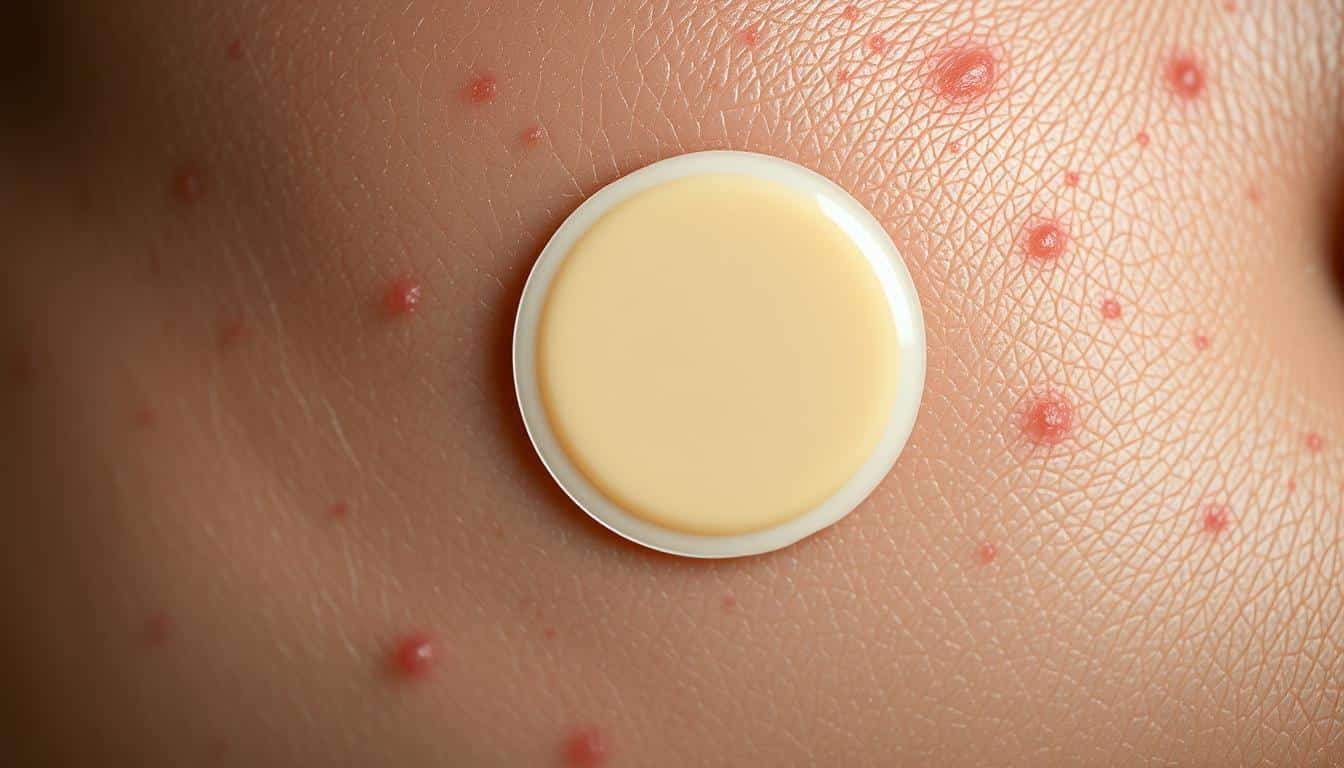
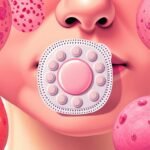
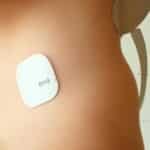
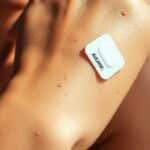


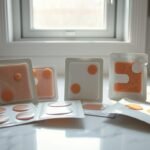
Interesting read, but isnt it ironic we apply a patch to avoid pregnancy, only to stress over acne instead? Just a thought!
Interesting read, but arent there more natural ways to control birth? Why put hormones on our skin and risk acne? Just food for thought.
Not convinced. Does the patch really cause acne or are we blaming it for our bad eating habits and lack of skincare routine?